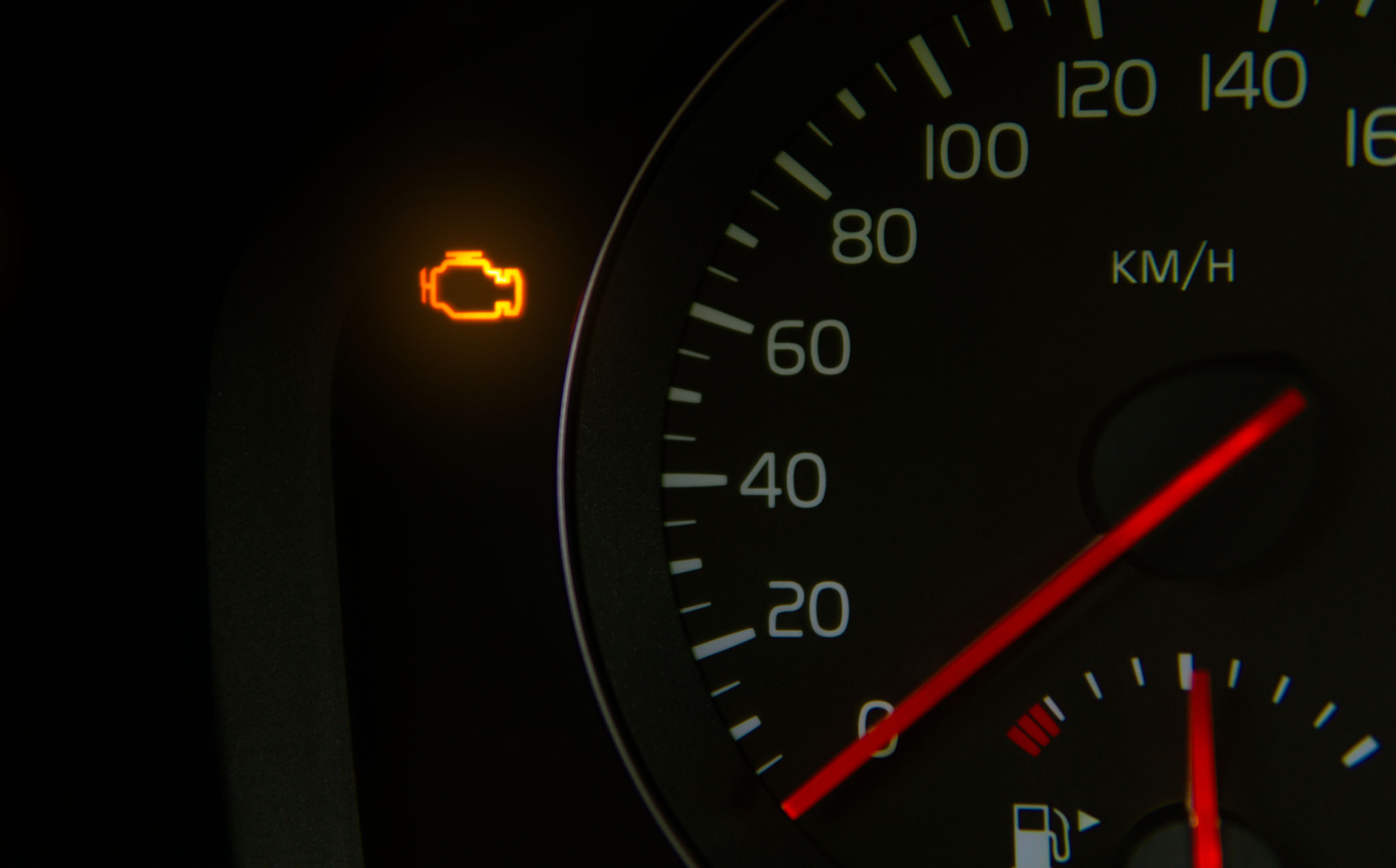Expert Insights: Common Misconceptions About Car Dashboard Lights
Understanding the Basics of Car Dashboard Lights
Car dashboard lights are a crucial component of modern vehicles, designed to alert drivers to potential issues or changes in the car's status. Despite their importance, many drivers remain uncertain about what these lights mean, leading to confusion and sometimes costly repairs. In this post, we'll delve into some common misconceptions about car dashboard lights and provide expert insights to help you understand them better.

Misconception 1: All Dashboard Lights Indicate a Severe Problem
One of the biggest misconceptions is that all dashboard lights signal severe problems. While some lights, like the oil pressure or brake warning lights, require immediate attention, others, such as the low fuel indicator, are simply reminders. Understanding the difference can save you from unnecessary panic and expenses.
It's essential to familiarize yourself with the specific dashboard lights in your vehicle. Most manufacturers provide detailed information in the owner's manual, highlighting the severity of each light. Knowing which lights demand urgent action and which can wait can make a significant difference in vehicle maintenance.
Misconception 2: Ignoring a Light Will Make It Go Away
Another common belief is that ignoring a dashboard light will make it disappear. Unfortunately, this is not the case. Ignoring these warnings can lead to more severe issues over time, potentially endangering your safety on the road. If a light comes on and you're unsure of its meaning, it's always best to consult a professional mechanic.

Regular vehicle maintenance and check-ups can prevent dashboard lights from appearing in the first place. Routine inspections help identify potential problems before they escalate, ensuring your car remains in optimal condition.
Misconception 3: The Check Engine Light Always Means a Major Repair
The check engine light is one of the most misunderstood dashboard indicators. While it can signify a significant issue, such as engine misfire or emissions system failure, it can also be triggered by something as simple as a loose gas cap. Before jumping to conclusions, it's advisable to use an OBD-II scanner to diagnose the problem accurately.
If you're not comfortable using diagnostic tools yourself, many auto parts stores offer free check engine light diagnostics. This service can provide valuable insights into whether a professional mechanic should address the issue or if it's something you can fix yourself.

Misconception 4: Dashboard Lights Are the Only Indicators of Car Health
While dashboard lights play a critical role in indicating vehicle health, they shouldn't be the sole source of information. Regular maintenance checks and being attentive to any unusual sounds or changes in vehicle performance are equally important. Relying solely on dashboard lights may lead to neglecting other vital aspects of car care.
Incorporating a proactive approach to vehicle maintenance ensures that issues are detected early, reducing the likelihood of unexpected breakdowns. Keeping a log of your car's maintenance schedule can also help track when specific services are due, further enhancing your vehicle's longevity.
Conclusion: Staying Informed and Proactive
Understanding car dashboard lights and debunking these common misconceptions can significantly improve your driving experience. By staying informed and proactive, you can ensure your vehicle remains safe and reliable on the road. Remember, when in doubt, consult your owner's manual or seek advice from a qualified mechanic to address any concerns about your car's dashboard indicators.
